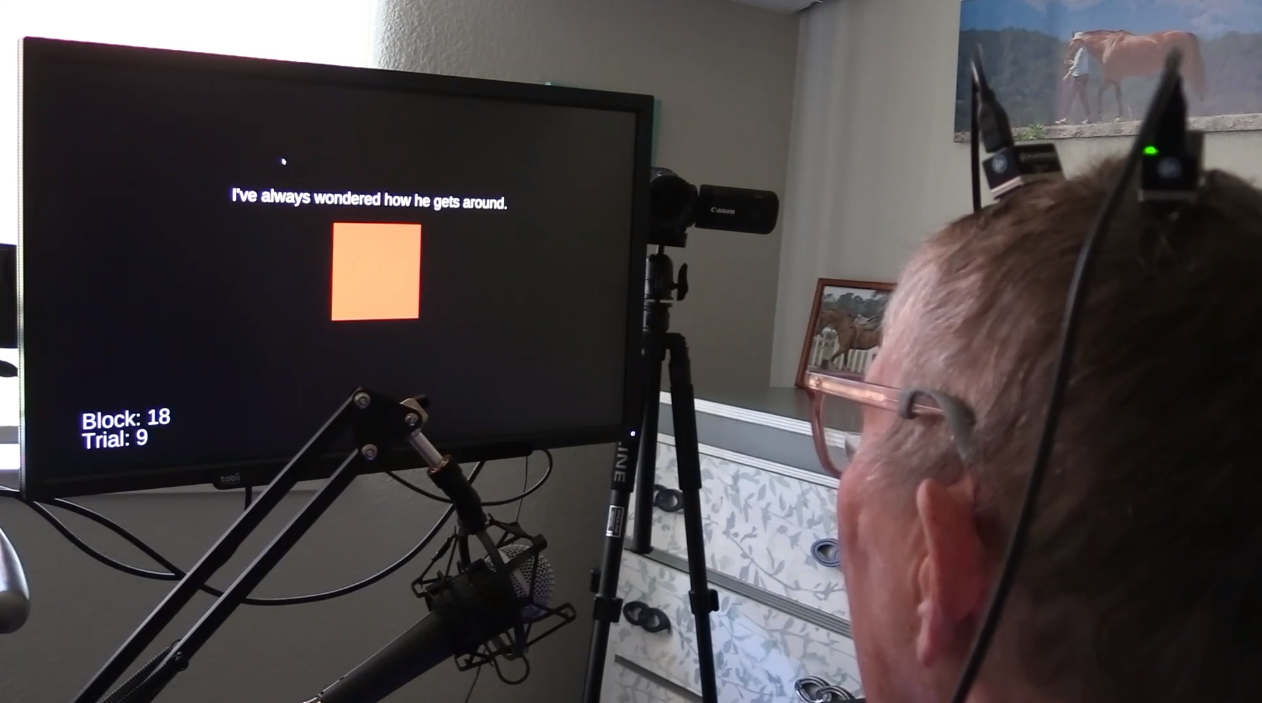Popular theories about depression are wrong

People often think they know what causes chronic depression. Surveys indicate that more than 80% of the public blames a “chemical imbalance” in the brain. The unbalanced brain chemical in question is serotonin, an important neurotransmitter with fabled “feel-good” effects. But the causes of depression go far beyond serotonin deficiency. Clinical studies have repeatedly concluded that the role of serotonin in depression has been overstated. Indeed, the entire premise of the chemical-imbalance theory may be wrong, despite the relief that Prozac seems to bring.
The Montreal Mafia murders: Blood, gore, cannolis, and hockey bags
On the morning they were arrested for allegedly burning bodies as part of a series of Mafia murders, Marie-Josée Viau and Guy Dion had already finished breakfast and packed their daughter off to elementary school. A Mother’s Day card hung on the fridge next to family photographs. Viau, 44, didn’t have to go to her shift at the roadside poutine restaurant until later that day, so she tried baking something new: blueberry phyllo puffs. The pastries were still on the stove top when police arrived at 9:56 a.m. on October 16, 2019. “We’re normal people,” Viau swore to the arresting officers. “We didn’t kill anyone.” But undercover recordings made by investigators told a different tale.

The search for extraterrestrial life as we don’t know it
Part of the difficulty in searching for life of any sort is that scientists don’t agree on how life started in the first place—or what life even is. One good attempt at a definition came in 2011 from geneticist Edward Trifonov, who collated more than 100 interpretations of the word “life” and distilled them into one overarching idea: it’s “self-reproduction with variations.” NASA formulated a similar working definition years earlier, in the mid-1990s, and still uses it to design astrobiology studies. Life, according to this formulation, “is a self-sustaining chemical system capable of Darwinian evolution.”

The controversial king of hardcore climbing
Over the past four years, a former Nepalese special forces soldier named Nims Purja has electrified the climbing world. He became mega-famous in 2019 by scaling all 14 of the world’s 8,000-meter peaks in just six months and six days. After that feat, his notoriety was multiplied by the releases of his book, Beyond Possible, and Netflix movie, 14 Peaks, both of which helped confer a level of power on Nims that climbers seldom achieve. Now he’s deciding how to wield that influence, both for himself and his Sherpa compatriots. He’s aimed at nothing less than remaking the Himalayan guiding industry in his image.

What happened when two nuclear bombs crashed in North Carolina
On a cold wet day in January 1961, Lt. Jack ReVelle climbed out of a muddy hole in the ground, holding a rough, gray sphere the size of a volleyball against his chest. For the better part of a week, he and his crew had been digging in the swampy ground outside of Goldsboro, North Carolina. It had been raining and snowing, and the hole had grown to be larger than a football field. Jack was just 25 years old, but he was in charge. When he and his men finally found what they were looking for, Jack was the one who got to climb up the ladder and bring it out. Lt. Jack ReVelle had just located and defused two nuclear bombs that accidentally fell out of a B-52 bomber over Eastern North Carolina.

An ALS patient set a new record for communicating via a brain implant
Eight years ago, a patient lost her power of speech because of ALS, or Lou Gehrig’s disease, which causes progressive paralysis. She can still make sounds, but her words have become unintelligible, leaving her reliant on a writing board or iPad to communicate. Now, after volunteering to receive a brain implant, the woman has been able to rapidly communicate phrases like “I don’t own my home” and “It’s just tough” at a rate approaching normal speech. The scientists say their volunteer, identified only as “subject T12,” smashed previous records by using the brain-reading implant to communicate at a rate of 62 words a minute.

Two 7th-century Buddhist temples on top of a remote mountain in China
In the Wuling mountain range in southwestern China,
— Science girl (@gunsnrosesgirl3) January 30, 2023
A rocky spire reaches high into the sky, its highest peak called Mount Fanjing. On its summit sit two temples originally built approximately in the 7th century pic.twitter.com/rqgdF2QHU4



